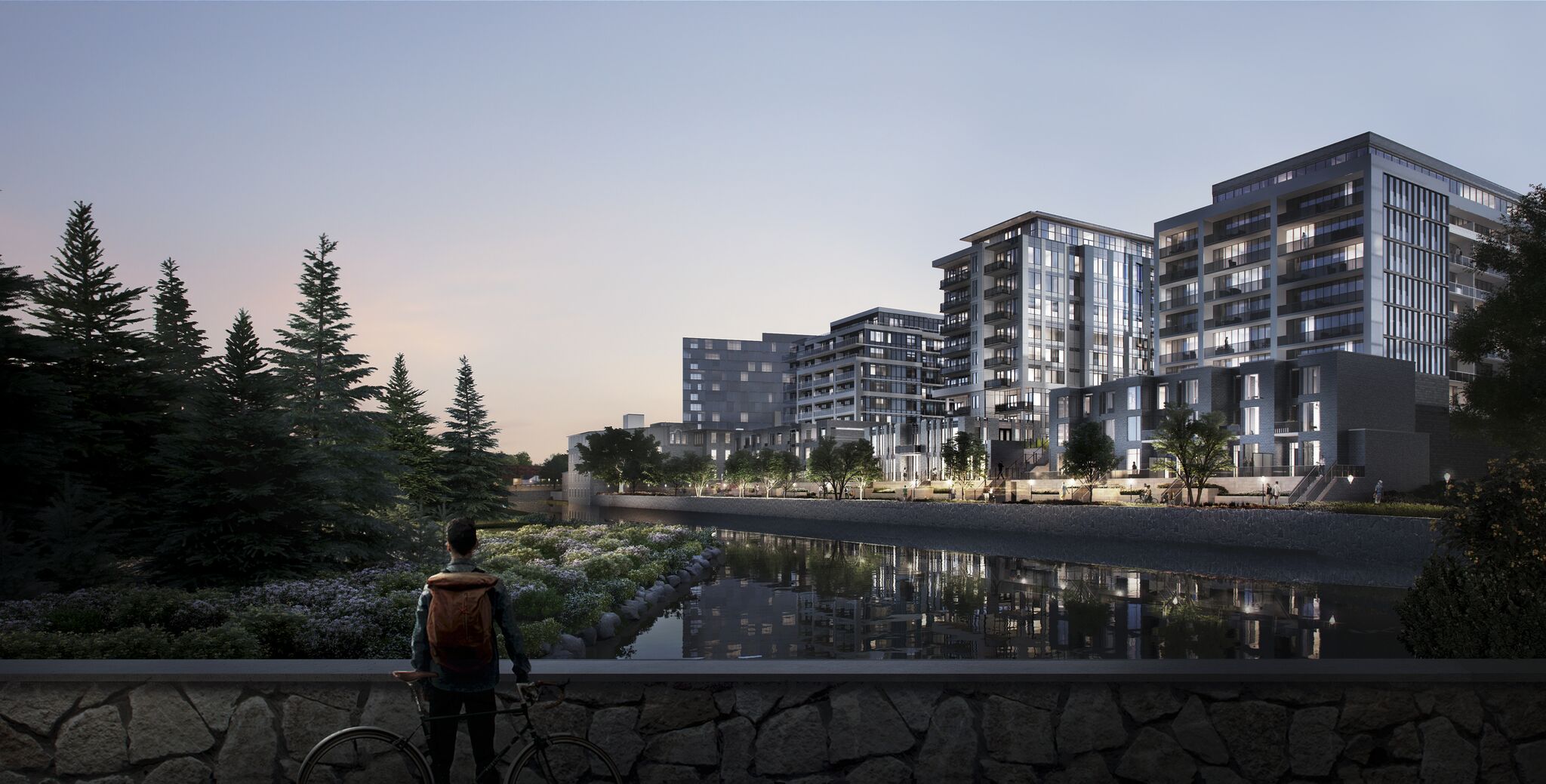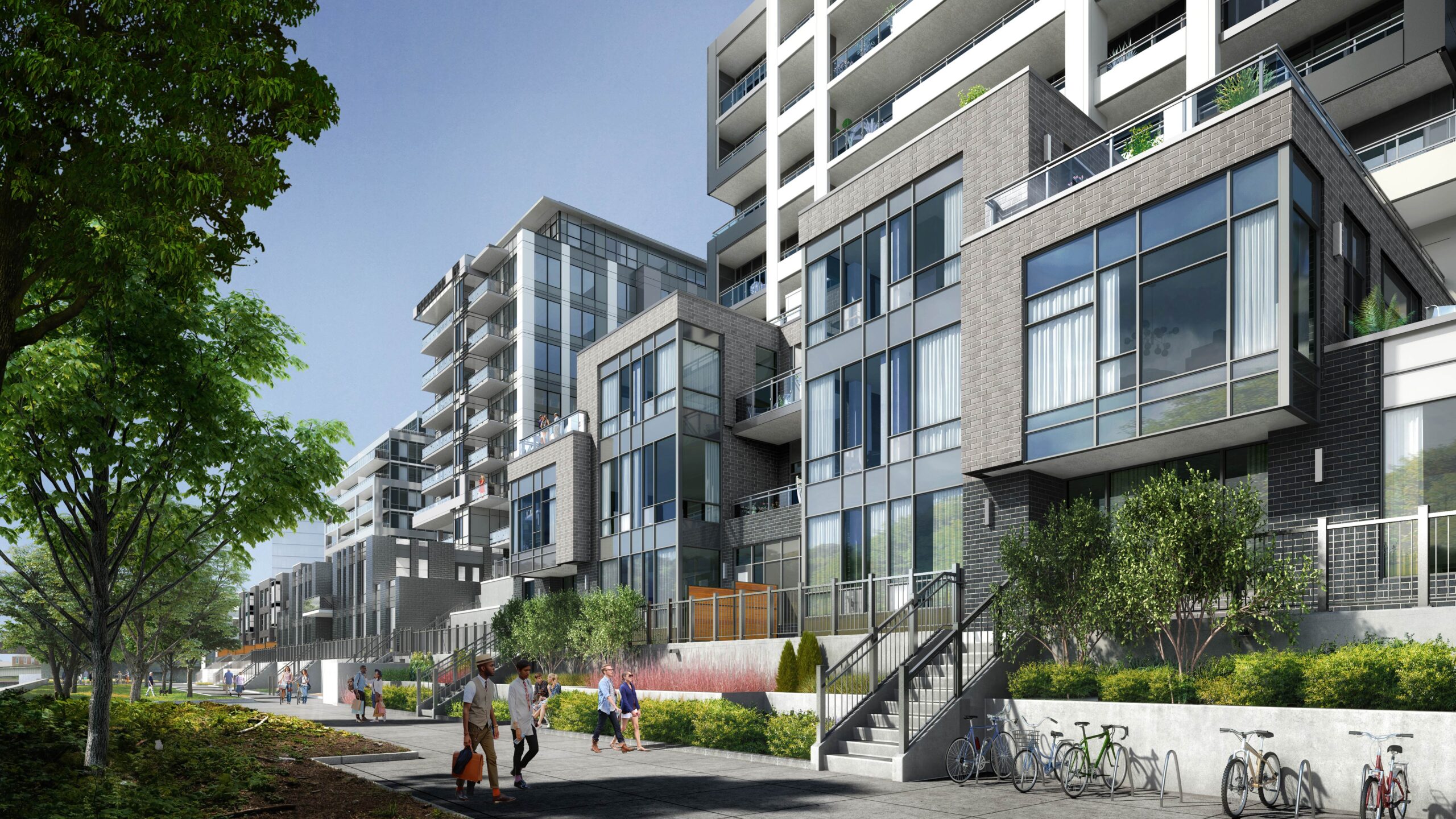Changing Housing Dynamics in Toronto Prompt a Rethinking of Developments
Post-COVID city.

Imagine a picture-perfect loft in New York City, with huge windows, brick walls, and ridiculously high ceilings. Whether you imagine this space filled with canvases and intrepid artists or lounging socialites and chic furniture, odds are that the loft in question was once an industrial space. In fact, these classic apartments—and apartments like them in the other de-industrialized cities of North America—represent a shift in the way cities were used. But these sorts of shifts are not only the thing of the past. New York City’s Loft Law in 1982 made the transition more official, allowing people who were using the lofts illegally for housing to apply for residential permits. This law is still being updated today as more and more of traditionally industrial areas like north Brooklyn convert from industrial usage to residential.
Deindustrialization, the growth of suburbs and a postwar middle class, immigration, and other factors have given North American cities various facelifts and growing pains in the last century. Recently, issues like gentrification and foreign investment have had profound effects on the way we think about cities. Now, COVID is radically affecting the makeup of our cities.
All over Canada, many offices are empty and people are moving to the suburbs in order to have more room for home offices. And though higher rates of density don’t correlate with higher cases of the virus, many families appear to me more comfortable trading in apartments for condos in the suburbs. With the lamentable closures of cultural amenities, the allure of the city dulls for many.
It’s too early to know how cities will come out of the COVID crisis. But rent prices in cities that have struggled to make rent affordable for young workers and families—like Toronto and Vancouver—have fallen from last year.
“COVID has accelerated trends that were present for a while. Before COVID, the urban wage premium was already declining. Before COVID you were seeing more and more companies allow people to work from home,” says Lee Piccoli, a developer and owner of Fusion Homes, who has seen a huge uptick of people moving from the Greater Toronto Area. He notes that things like the shift from brick-and-mortar stores to online sales have been happening for a while.

Piccoli at his Toronto apartment. Photo by Renata Kaveh.
Piccoli’s newest development in Guelph, The Metalworks, a 650 unit development that he describes as an “urban village,” is perhaps indicative of a direction that housing might take in the coming months and years. This model, which sees mixed-use developments outside of the traditional urban centres, is one to emulate. Developments like this, with lots of public space and amenities, could give work-from-homers space to work without the car congestion and land usage that have been downsides of suburban sprawl. The Metal Works features stores, a distillery in a heritage building, and lots of public space like a promenade, so that everything a resident might need is within 15 minutes. Such compartmentalization could have divisive effects on the social fabric of a city, but environmentally, and in terms of virus control, there are a variety of positive outcomes as well.
“People are asking themselves, do I need to live in the city?” says Piccoli of the COVID-caused exodus. But this movement shouldn’t be unstructured, as many may find themselves coming up against obstacles as they try to fulfill the cabin dreams that proliferate on Instagram. As S. Ashleigh Weeden, a researcher and PhD candidate at the University of Guelph has discussed, the infrastructure of rural areas cannot facilitate the needs of mass migration, and too many people at once (all needing high internet speeds) could cause more tension than relief.

A proposed river walk at Fusion Home’s The Metal Works.
Of course, cities themselves are not going anywhere any time soon. “I would think that it’s going to settle. I don’t think it’s going to be all work from home in the future,” responds Piccoli when asked about the future of these trends. Some jobs simply cannot be done from home, and some have deep ties to urban locales. While people are certainly moving from the city, we haven’t seen artist studios or residential apartments set up in Vancouver’s financial district quite yet. It’s difficult to envision office spaces being anything else; but it is my guess that people had a hard time envisioning lofts where there once were factories.
Even if these trends continue, one thing is certain: Canadians need to plan the future of habitation in a way that benefits everyone, so that the moves away from the city don’t become mad dashes for property.
_______
Never miss a story. Sign up for NUVO’s weekly newsletter here.




